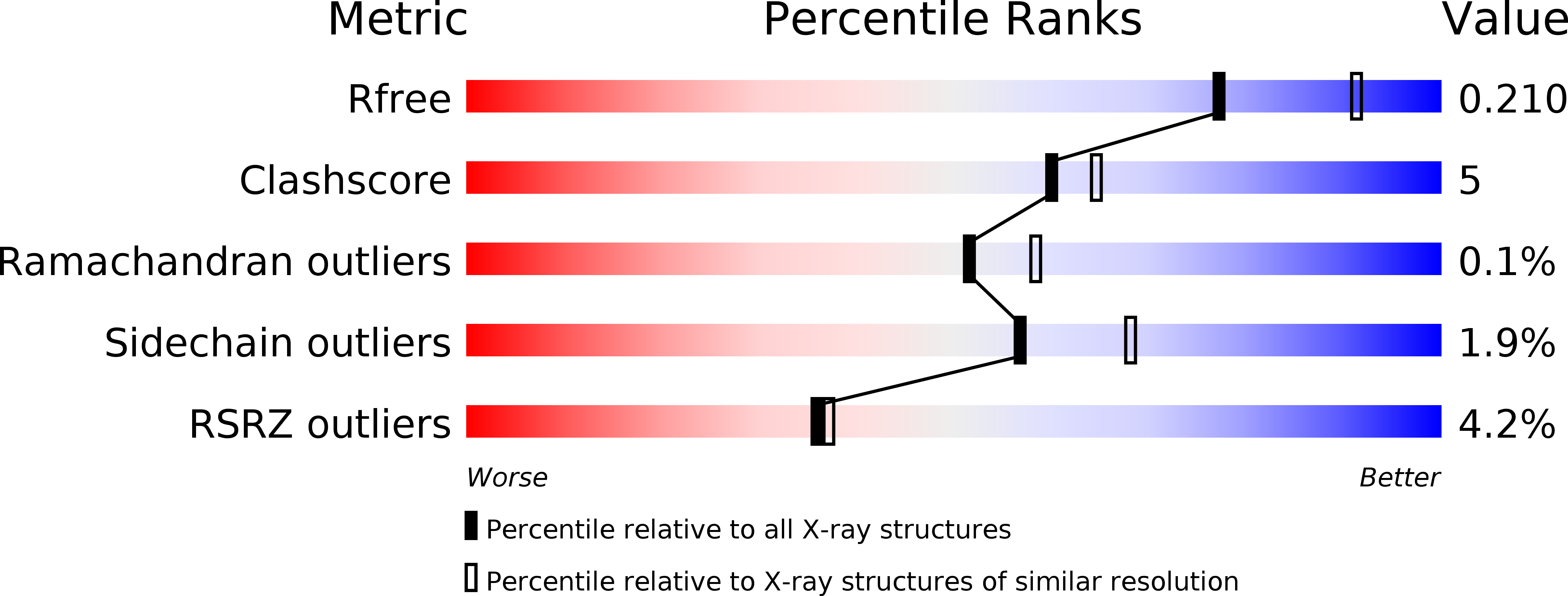
Deposition Date
2013-05-02
Release Date
2013-08-21
Last Version Date
2024-10-30
Entry Detail
PDB ID:
4KIO
Keywords:
Title:
Kinase domain mutant of human Itk in complex with a covalently-binding inhibitor
Biological Source:
Source Organism:
Homo sapiens (Taxon ID: 9606)
Host Organism:
Method Details:
Experimental Method:
Resolution:
2.18 Å
R-Value Free:
0.20
R-Value Work:
0.16
R-Value Observed:
0.16
Space Group:
P 1 21 1


